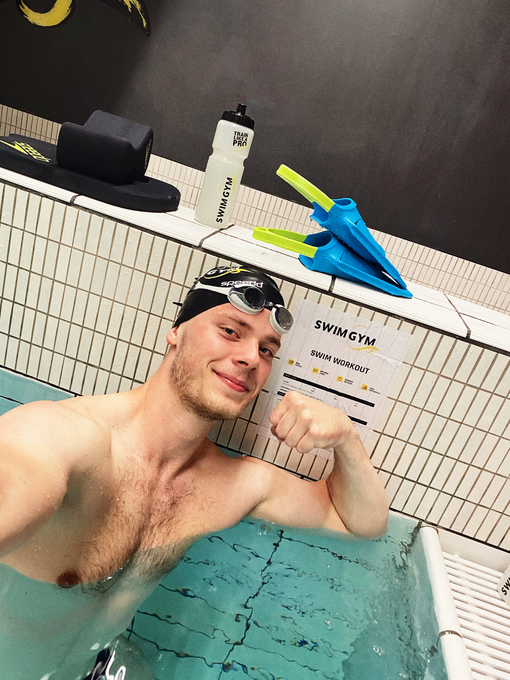Swimming blog - TRAINING and TRIATHLON 5 REASONS WHY YOU SHOULD FOLLOW A TRAINING PLAN
SwimGym believes a good training plan with good workouts are needed to achieve your goals. Especially if you are preparing for a triathlon or open water race. Here are some reasons why we believe you will benefit from following a training plan.
A comprehensive training program will transform you and make you a better swimmer all-round. Any swimmer looking to improve efficiency in the water and race performance should invest in one.
Reasons to invest in a complete training plan
1. Improve your performance
A training plan puts structure, progression and balance into your training. This is done through periodization. Periodization is simply a way of planning your training in defined periods. Each period has a purpose, and if the periods are structured in a certain way they can lead to peak performance. Common training plans starts off with completing a period with mainly low intensity aerobic training and skill training, which builds an impressive aerobic base and allows you to absorb the more intense training sessions which are introduced in the periods thereafter. Take a look at our open-water & triathlon plans which have a similar structure, for an excellent example.
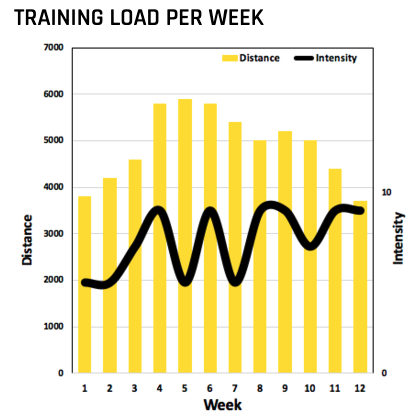
2. Improve swimming efficiency
Swimming is a very technical sport in comparison to biking or running. Lots of skills are required to build an efficient swimming technique. Working on your technique is as crucial as building a deep level of aerobic conditioning. To build technique, you need to constantly practice it because you will have to learn to contract your muscles in the accurate pattern. This begins in the nervous system, which sends a signal to your muscles to contract. When a movement is performed correctly over and over again, a more efficient signaling pathway is developed resulting in an efficient technique. SwimGym training plans structures technique in combination with conditioning. Both are important for an efficient freestyle and robust open-water skills, therefore SwimGym combines them both.
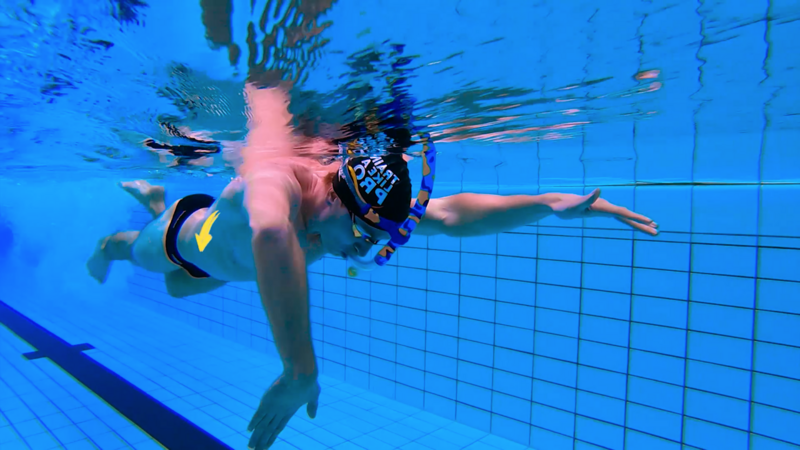
3. Reduce the risk of injury
Training without a plan often leads to inconsistency and ego fueled workouts that are frequently too intense and too long, which could lead to injury. Furthermore, recovery weeks, which are lower in volume and intensity, are structurally incorporated into our training plans to recover both physically and mentally in between training periods to prevent overtraining and injuries and optimize performance.
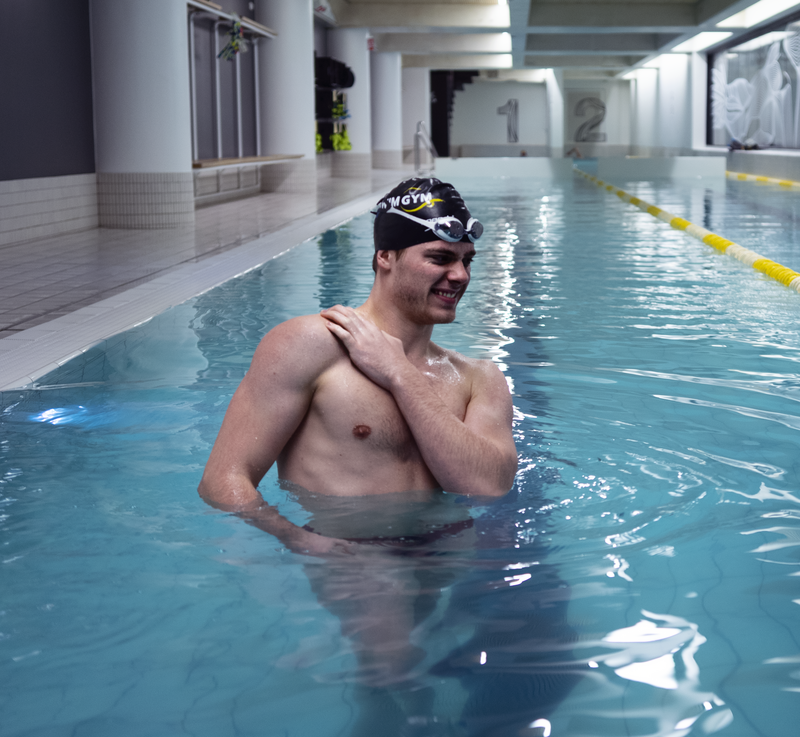
4. Stay consistent
Nowadays we have a lot on our plate; we need to divide our time between work, family, social life and training. Having a training plan, in which you know exactly what you have to do on a daily basis makes it far more likely that you will execute it. It will take the thinking out of the way because it's already made clear what’s on the agenda for practice. You will be way more likely to stay consistent in your training, which will lead to continuous progression and eventually great race performance.

5. Lasting motivation
A structured program gives you the opportunity to track progression. While improvement is possible without a plan, it’s very likely that sooner or later you’ll reach a plateau, which could be highly demotivating. On the other hand, having a plan and therefore tracking progress and seeing lasting progression will retain your motivation and improve your training experience continuously.
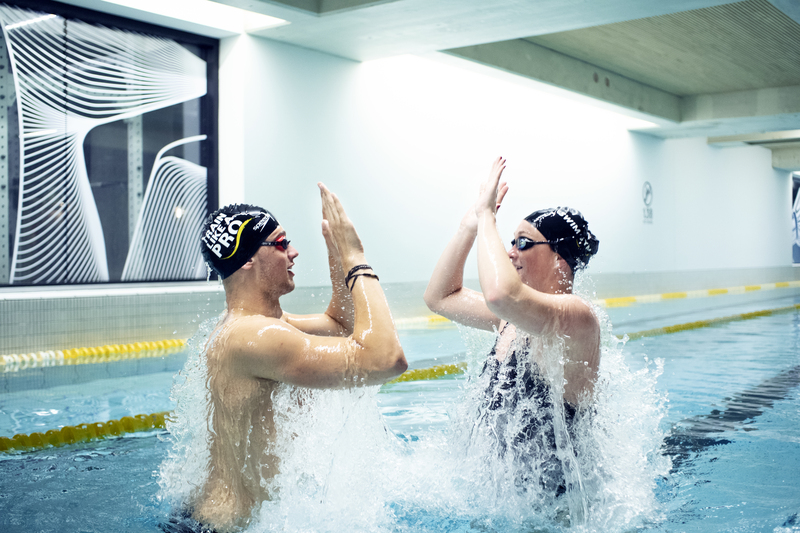
Ultimately, having a structured plan is essential to achieve desirable performance, reduce the risk of injury and increase lasting training experience!
